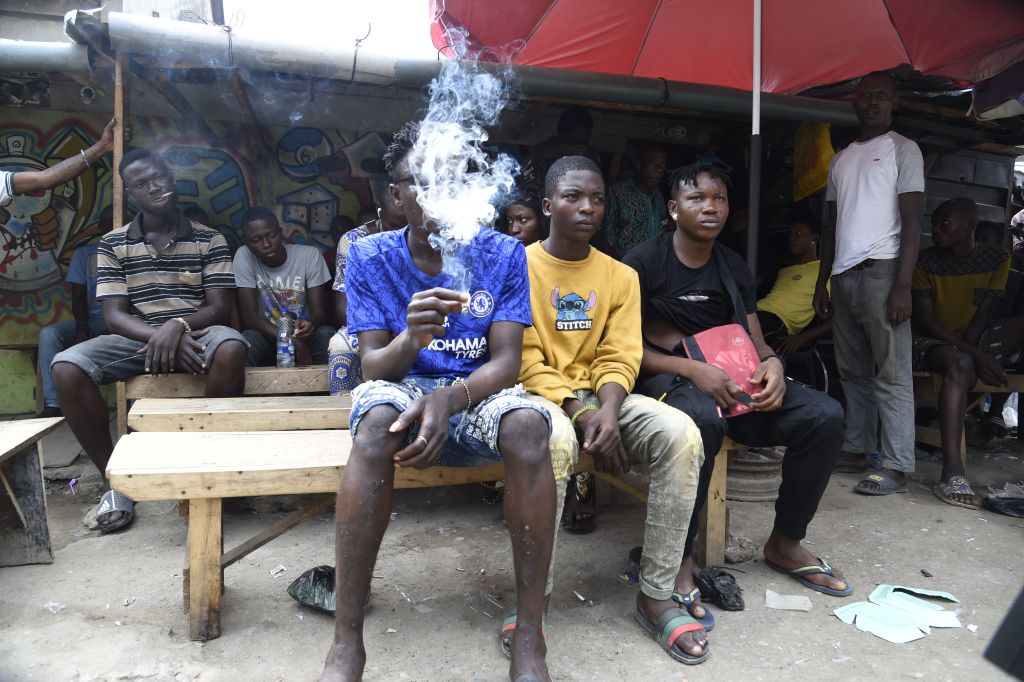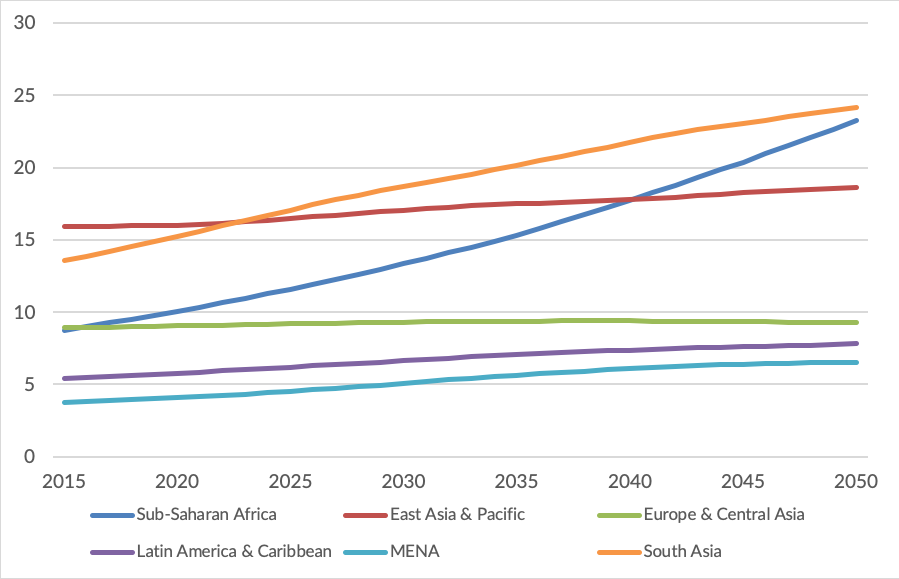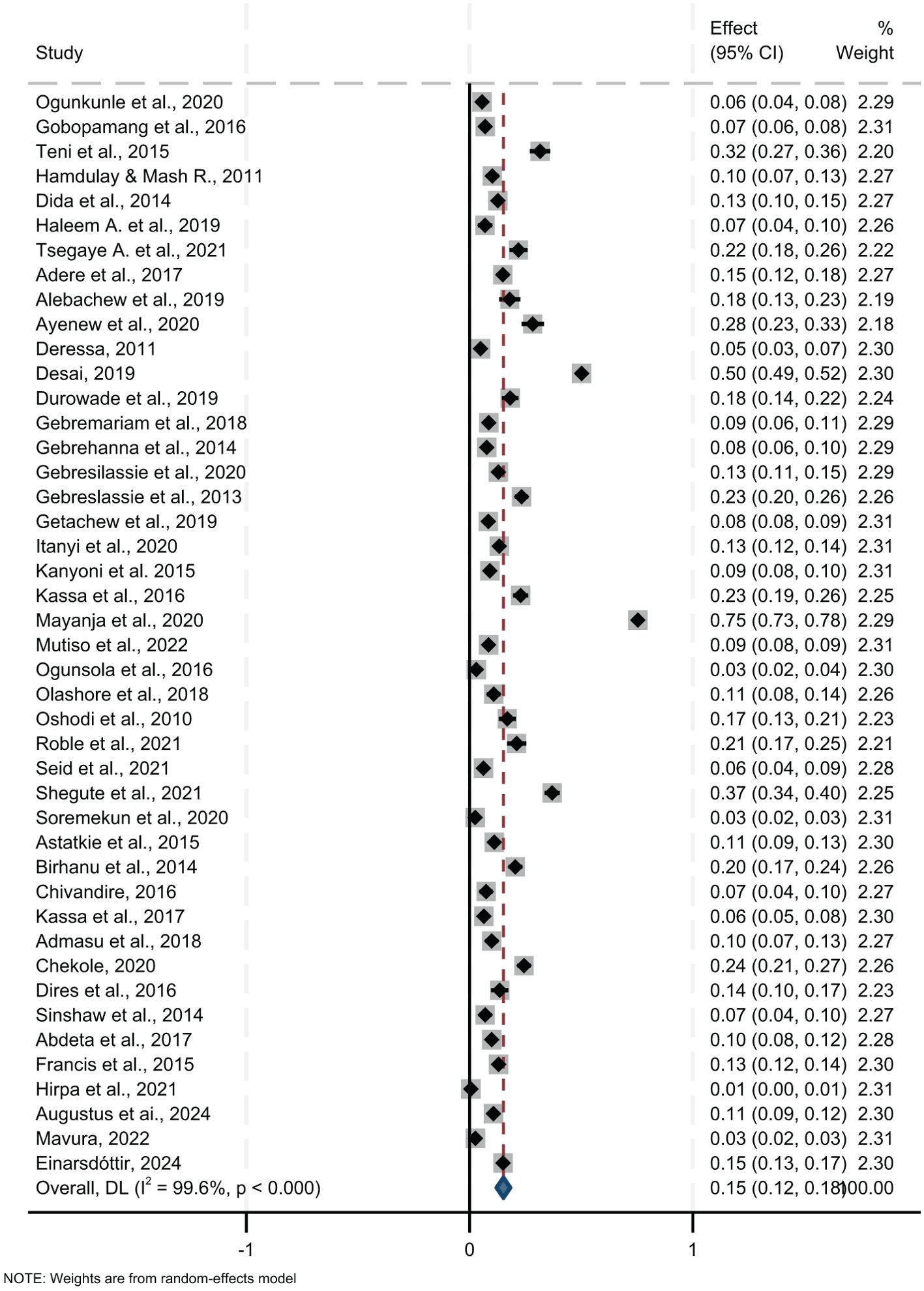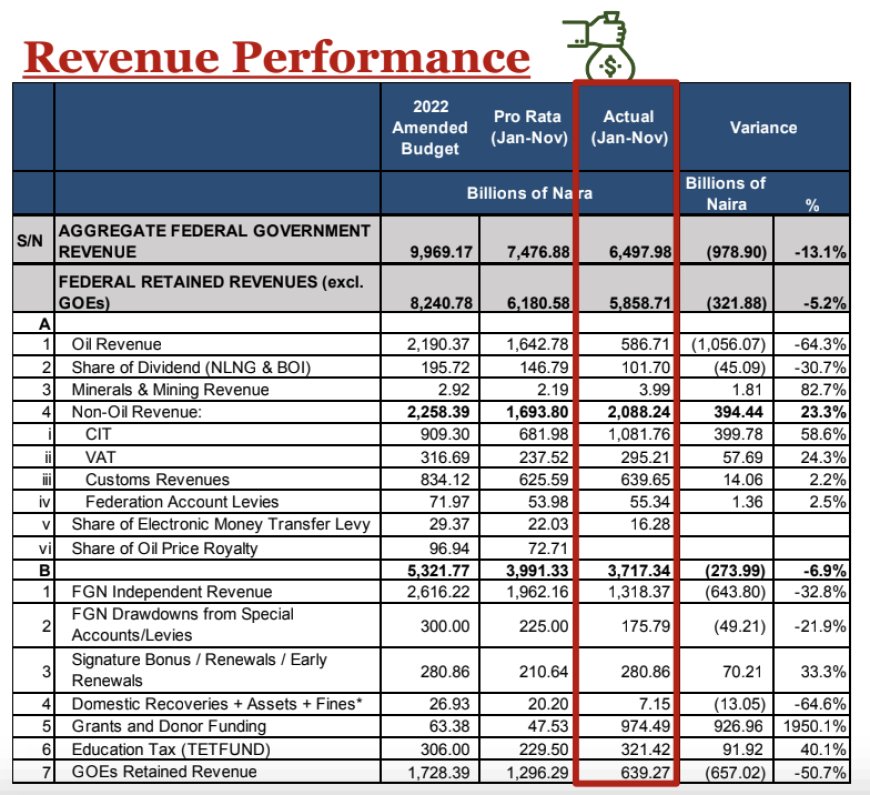Drug addiction and trafficking have surged across Africa, creating a complex crisis. From opioids in West Africa to synthetic drugs like “kush” in Sierra Leone, urgent interventions are needed. Here are 7 essential facts.

1. West & Central Africa are global opioid hotspots
According to UNODC, North, West, and Central Africa account for a staggering 87% of all pharmaceutical opiates seized globally :. In 2020, 9.7% of adults aged 15–64 consumed cannabis—more than double the global average of 3.8%
2. Opioid use exceeds global norms
Abuse of tramadol and codeine in West and Central Africa stood at 2.4% in 2020—twice the global rate of 1.2%. Nigeria alone saw widespread addiction, with over 4 million opioid users in 2025
3. “Kush”: a synthetic nightmare
In Sierra Leone and Guinea, “kush” has become a deadly mix of synthetic opioids, cannabinoids, formaldehyde—and reportedly even human bone. Sierra Leone declared it a national emergency in 2024; over 83% of samples contained potent nitazenes

4. Transit to consumption: West Africa’s transformation
Once merely a cocaine transit route to Europe, West Africa has become a major consumption hub. WENDU and UN reports show rising domestic cannabis and cocaine use, often tied to weak governance and youth unemployment
5. Drug money fuels conflict
UNODC highlights that cocaine trafficking through the Sahel finances armed groups . Revenue from traffickers often surpasses local GDPs, corrupting officials and destabilising communities :
6. Youth are the most vulnerable
UNODC’s 2020 report reveals sub-Saharan Africa’s adult drug prevalence (1.6%) is higher than South Asia or Latin America . Synthetic drug addiction, particularly among youth aged 10–29, spiked during COVID-19
7. Treatment is lagging behind
Only 1 in 18 drug users in West and Central Africa receive treatment. Some nations rely on faith-based rehab, while others offer luxury inpatient care—but most lack accessible, scalable options
🔧 Policy & Intervention Highlights
- → Nigeria and Ghana have banned codeine cough syrups and restricted tramadol imports :
- → UNODC’s 2024 World Drug Report emphasises prevention programs with >1,200% ROI
- → The West Africa Coast Initiative targets trafficking via joint border and law enforcement efforts :
- → Calls rise for shifting drug use from criminal to public health frameworks
🧭 What Happens Next?
- Prevent expansion of synthetic opioids (e.g., kush) by strengthening precursor chemical controls.
- Invest in youth mental health, substance education, and poverty alleviation.
- Scale up community-based treatment facilities and decriminalise minor drug use.
- Enhance UNODC-supported regional cooperation and intelligence sharing.
- Increase data reporting for timely monitoring of addiction trends.

🔗 Related Resources
- Our 2020 Africa Drug Addiction Report
- Original Think Africa Press analysis
- UNODC World Drug Report 2024
- Guardian: Cocaine, debt, and sex work in Agadez
Conclusion
Africa faces a growing drug crisis—spanning opioids, cannabis, cocaine, and lethal synthetics like kush—woven into challenges like poor governance, youth unemployment, and weak health systems. Yet solutions exist: prevention, treatment access, policy reform, and regional cooperation offer a path forward. Ignoring this crisis risks not just public health, but the stability of entire communities.
this post by thinkafricapress.com
for more news visit our website




